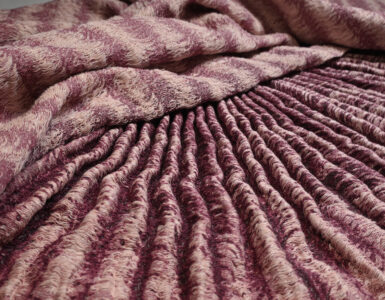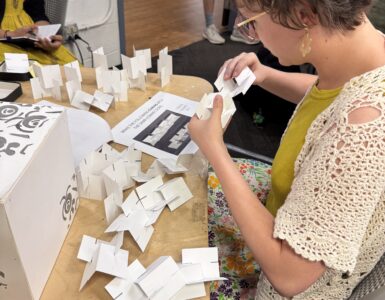Thomas Jefferson Fashion Design students design for the Future of Fashion. With renewed focus on social impact and the fashion industry’s historically negative impact on the environment, students explore new ways to make fashion more sustainable and inclusive. In addition to establishing more environmental and ethical practices within manufacturing and production, technological advancements in the industry allow designers to work through design decision-making in real time without producing any physical waste.
In the Thomas Jefferson University Fashion Design Program, CLO 3D software introduces students to the concept of 3D virtual design as part of the curriculum for upper-level students. Using this software, students design silhouettes in a virtual space on a variety of realistic avatar bodies. Students can input body measurements to create custom avatars with a customer’s exact body measurements, expanding opportunities for greater inclusivity. By adding fabric, print, color, and other garment properties, students can create a 3D model of their designs to see how the garment would look and behave on the body before creating a physical sample for production. This practice allows students to problem-solve and experiment in real-time without the need to create physical garment samples for each iteration. Designing in this way saves time, money, and resources.






Add comment